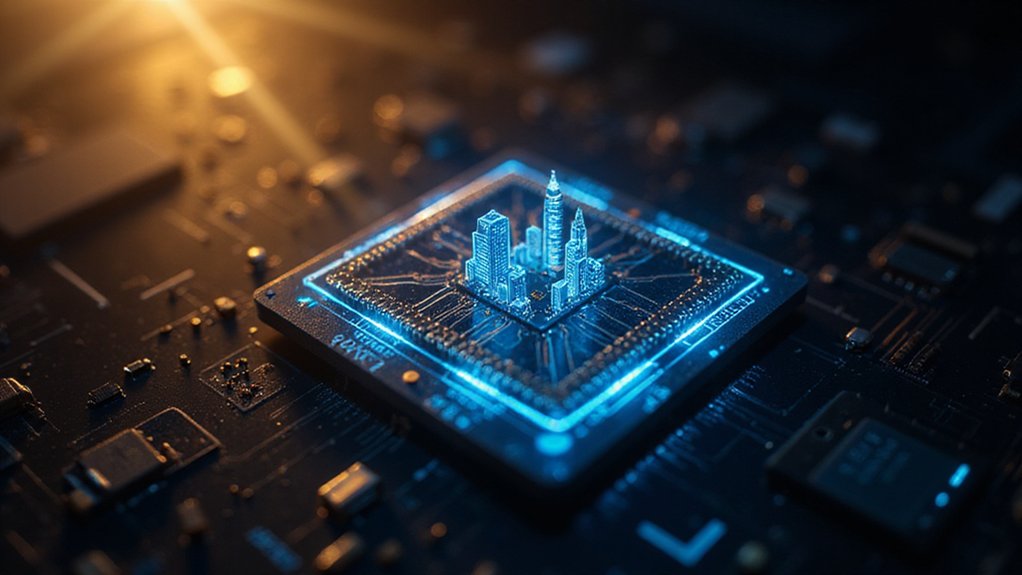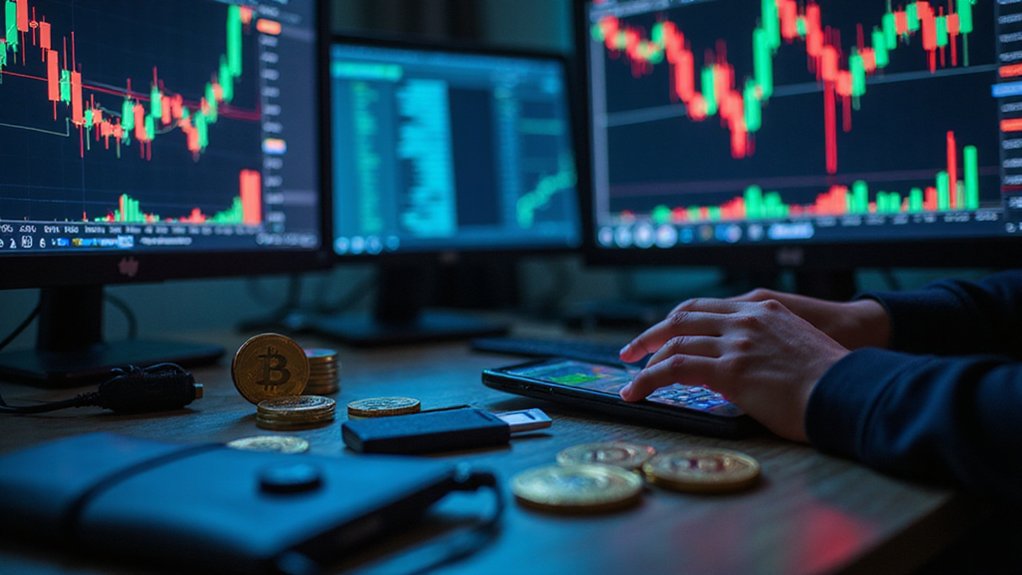Rarely does a technological advancement arrive with such impeccable timing—or perhaps such questionable coincidence—as OpenAI’s GPT-5 launch amid the cryptocurrency sector‘s relentless pursuit of the next transformative catalyst. The model’s competitive pricing structure ($1.25 per million input tokens, $10 per million output tokens) has effectively democratized access to sophisticated AI capabilities, creating ripple effects throughout digital asset markets that extend far beyond mere technological novelty.
Institutional players like MicroStrategy and REM have already demonstrated the asymmetric advantages of AI-integrated strategies, utilizing advanced predictive analytics for Bitcoin acquisitions and tokenized real-asset platforms. Their outperformance against traditional investments suggests that early adoption isn’t merely advantageous—it’s becoming crucial for maintaining competitive relevance in increasingly algorithmic markets.
GPT-5’s technical specifications reveal why this shift matters: a 400,000-token context window combined with 128,000-token output capacity enables thorough analysis of complex market conditions previously requiring human interpretation. The model’s perfect benchmark results, including 100% accuracy on AIME 2025 mathematical assessments, translate into trading precision that human operators struggle to match. This notable strength in coding-related tasks makes it particularly valuable for developing sophisticated trading algorithms and automated portfolio management systems. The system’s unified architecture with multiple specialized components allows for seamless switching between general market analysis and complex derivative calculations.
GPT-5’s unprecedented 400,000-token context window delivers analytical precision that fundamentally outpaces human market interpretation capabilities.
Yet this computational superiority introduces concerning dynamics, particularly in meme coin markets where AI-driven sentiment analysis can amplify herd behavior to unprecedented extremes.
The pricing strategy’s broader implications become apparent when considering competitive positioning against Google Gemini 2.5 Pro and other enterprise solutions. OpenAI’s decision to eliminate threshold penalties for heavy users effectively subsidizes the development of AI-powered trading agents, creating market conditions where technological sophistication directly correlates with profit potential.
Perhaps most intriguing is how GPT-5’s natural language processing capabilities enable sentiment arbitrage strategies that exploit social media-driven volatility. Trading algorithms can now analyze, interpret, and act upon market sentiment faster than human cognition allows, raising legitimate regulatory concerns about market manipulation through viral trend exploitation.
The integration of tokenized real-world assets with AI-enhanced platforms represents the convergence of two transformative technologies. Investors traversing this landscape must balance the undeniable advantages of AI-integrated crypto platforms with the inherent volatility amplification these systems create—a paradox where the solution simultaneously exacerbates the problem it aims to solve. Market volatility concerns underscore why hardware wallets remain essential for protecting digital assets from both technological risks and trading algorithm malfunctions.









